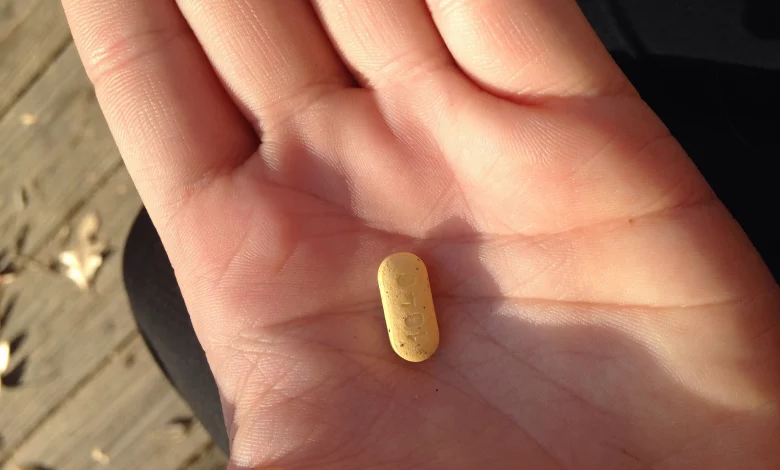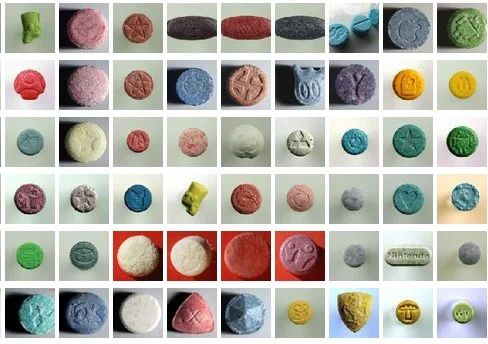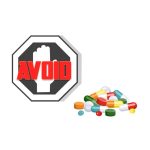How To Use Online Pill Identifiers & Apps

A study showed that every year, over 100,000 Americans are given the wrong prescription in a pharmacy dispensing error, resulting in thousands of deaths. Taking the wrong pill can lead to harmful side effects, organ failure, and even death. It is very important that you do everything to prevent the ingestion of the wrong medication.
Pill Identifiers are very important in medication safety. They are potentially useful to pharmacists, parents, police officers, hospital staff, and pretty much anyone who needs to quickly and accurately identify a pill.
What is pill identification?
There are several ways that pills are identified. One involves pharmaceutical companies using physical-chemical identifiers (PCIDs), which are substances in solid oral dosage forms (SODFs) of medications that provide unique properties to identify and authenticate pharmaceuticals.
These substances can be inks, flavors, pigments, or any kind of inactive ingredient that can be used to verify that the pill in question is what it claims to be. PCIDs help pharmaceutical manufacturers, consumers, healthcare workers, and pharmacies identify counterfeit drugs and protect their products from fakes in the marketplace.
Consumers can authenticate medication by using a pill identifier tool to match the color, shape, or imprint on a pill, in addition to the brand name or generic name. The FDA requires both prescription and over-the-counter drugs that are SODFs have a unique imprint code that identifies the product as well as the manufacturer and the strength of the medication. Some pill identifiers allow you to simply snap a picture of any prescription medicine or use an image from your gallery and the incorporated Artificial Intelligence handles the rest.

Drugs without imprints or codes could be vitamins or supplements, foreign medication, counterfeit drugs, or illegal pills like ecstasy. Because counterfeiters can imitate an imprint, shape, or color of a pill, extra steps like PCIDs must be taken to authenticate medicines.
You can use many pill identifiers free of charge they include NHS pill identifiers and WebMD pill identifiers. While the illegal pill identifiers help you differentiate a genuine pill from an illegal pill, other pill identifier apps specifically help you identify certain types of medications, an example is the Xanax pill identifier.
Some paid pill identifiers help patients and travelers identify foreign pills and what they contain, an example is the Mexico pill identifier used for identifying Mexican drugs.
How to use pill identifiers
In the United States, federal regulations implemented in 1995 required imprinting of solid oral dosage forms for most prescription, OTC, biologic, and homeopathic drug products. The rule requirements also stated that an oral-dosage-form drug product would not be “introduced or delivered into interstate commerce” unless it had an imprint code recorded, along with its size, shape, and color. This information would allow unique identification of the drug product and its manufacturer or distributor.
In Canada, Drug Identification Number (DIN), a computer-generated eight-digit number assigned by Health Canada to a drug product prior to being marketed in Canada uniquely identifies all drug products sold in a dosage form in Canada and is located on the label of prescription and over-the-counter drug products that have been evaluated and authorized for sale in Canada.
A DIN uniquely identifies the following product characteristics: manufacturer; product name; active ingredient(s); strength(s) of active ingredient(s); pharmaceutical form; route of administration.
There are several free online pill finders and identification tools that use this information and others to help you identify a pill. Here is how to use them:
Step 1: Take hold of the pill you are not able to identify or recall what it was for. We recommend you use a hand glove and avoid inhaling dust from unknown pills. Criminal drug networks are mass-producing fentanyl containing fake pills and falsely marketing them as legitimate prescription pills to deceive the American public.
Step 2: Note the color, shape, and imprint on the pill. It is very important that you pay attention to the appearance of the pill to avoid entering the wrong color. For example pink is generally considered a tint of red, the colors of most tints of pink are slightly bluish, and lie between red and magenta. Grey, or gray, is a color that can be described as a shade of white. Entering the wrong color into a pill identifier will always generate the wrong results.
Step 3: Enter the available pill details into the space provided for it in the pill finder or identifier and click enter or submit. This action will automatically generate results relevant to the information you have inputted.
Step 4: To verify the accuracy of the pill identifier used, take a known pill and repeat the same procedure. If the pill identifier returns a correct result after entering the shape, color, and imprint on the pill, then your earlier results are likely valid. However, even the best pill finders can sometimes fail to correctly identify a pill.
Beyond online pill identifiers, the United States Food and Drug Administration, a federal agency of the Department of Health and Human Services offers free pill identification services. The staff of a special division in the agency can help you identify drugs based on physical appearance (color, shape, size, etc.) and markings.
To use this pill identification service, send an email containing your drug description (color, shape, size, and other details) to druginfo@.fda.hhs.gov.
The FDA will help you identify the pills as soon as possible. However, please note that this is not an emergency service. In the case of an emergency, please contact the Poison Control Center 1-800-222-1222.
You Can Find Useful Links To Pill Identifiers Apps Below:
RxList Pill Identification Tool
Page Updated 08/18/22





